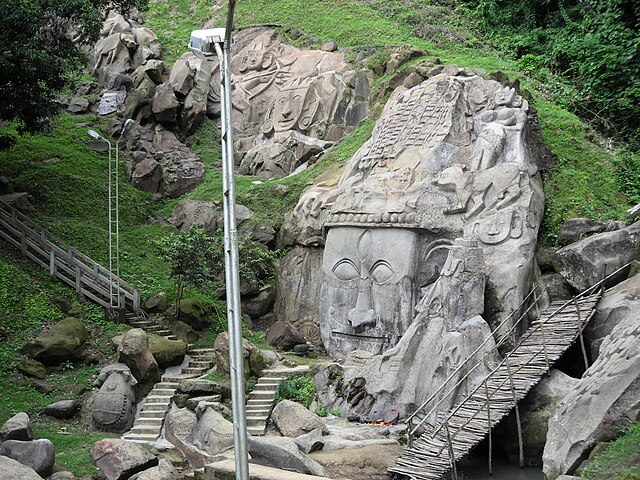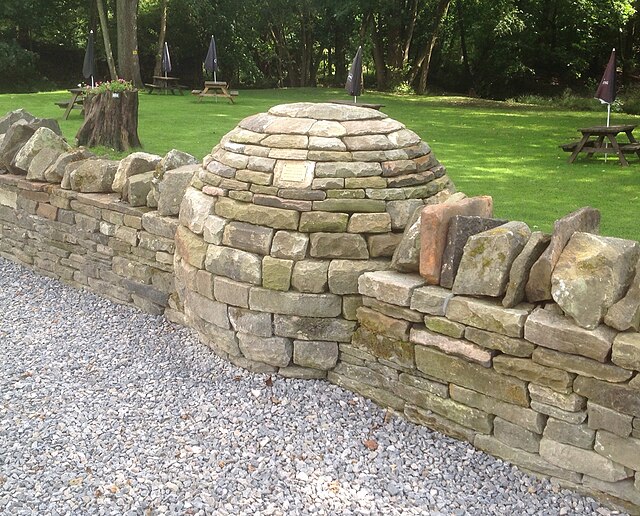A pointing machine is a measuring tool used by stone sculptors and woodcarvers to accurately copy plaster, clay or wax sculpture models into wood or stone.
In essence the device is a pointing needle that can be set to any position and then fixed. It further consists of brass or stainless steel rods and joints which can be placed into any position and then tightened. It is not actually a machine; its name is derived from the Italian macchinetta di punta.
The invention of the tool has been ascribed to both the French sculptor and medallist Nicolas-Marie Gatteaux (1751–1832) and to the British sculptor John Bacon (1740–1799). It was later perfected by Canova. However, similar devices were used in ancient times, when the copying of Greek sculptures for the Roman market was a large industry.
A pointing 'machine' and its crosswood
The pointing needle and stop
Copying a plaster cast of a bust in red sandstone. Workshop of the Strasbourg cathedral
A computer controlled router carving a sculpture from a block of marble
A stone sculpture is an object made of stone which has been shaped, usually by carving, or assembled to form a visually interesting three-dimensional shape. Stone is more durable than most alternative materials, making it especially important in architectural sculpture on the outside of buildings.
Carved stone human figures, known as Moai, on Easter Island
Unakoti group of rock reliefs of Shiva, Tripura, India. 11th century
Boundary wall featuring a dry stone sculpture, in the Forest of Dean, Gloucestershire, UK
Ancient Egyptian triple portrait in greywacke, a very hard sandstone that takes a fine polish








